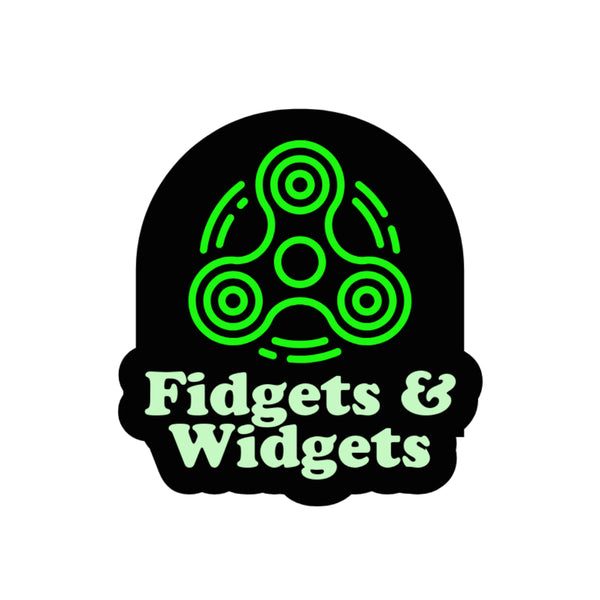
The Science Behind Fidget Toys: Do They Really Work?
Share
In recent years, fidget toys have taken the world by storm. From fidget spinners and cubes to more elaborate designs, these small gadgets are touted as tools for relieving stress, enhancing focus, and even managing conditions like ADHD and anxiety. But what does the science say about their effectiveness? Let’s delve into the research and explore how fidget toys may benefit users.
What Are Fidget Toys?
Fidget toys are small, handheld objects designed to help users channel restless energy. They often involve repetitive motions like spinning, clicking, twisting, or squeezing. While initially marketed as stress-relief tools, they have become widely popular among individuals seeking to boost concentration and manage symptoms of neurodiverse conditions.
The Science of Fidgeting
Fidgeting is a natural human behavior. Research suggests that small, repetitive movements—like tapping a pen or bouncing a leg—may serve as an outlet for excess energy or anxiety. For some, these actions can even help improve focus by reducing mental distractions.
A 2015 study published in the Journal of Attention Disorders found that children with ADHD who engaged in small, consistent movements during tasks showed improved performance. The theory is that these movements help stimulate areas of the brain involved in attention and working memory.
How Fidget Toys Help
While research specifically on fidget toys is limited, their potential benefits align with broader findings on sensory input and movement. Here are some ways fidget toys may help:
-
Stress Relief: The repetitive actions of using a fidget toy can trigger the brain’s relaxation response, similar to the calming effects of meditation or deep breathing. This can reduce stress levels and promote a sense of calm.
-
Enhanced Focus: For people with ADHD or other attention-related challenges, fidget toys can provide just enough stimulation to keep the brain engaged without becoming overwhelmed. This can lead to better focus on tasks.
-
Improved Sensory Processing: Many fidget toys offer tactile feedback, which can be particularly beneficial for individuals with sensory processing disorders. The varied textures and motions provide soothing sensory input.
-
Mood Regulation: Fidgeting may help release pent-up energy and alleviate feelings of restlessness or frustration, improving overall mood and emotional balance.
What the Critics Say
Despite their popularity, fidget toys are not without controversy. Some critics argue that they can be a distraction, especially in settings like classrooms. Teachers have reported that flashy or noisy fidget toys can disrupt learning environments. However, proponents suggest that the right fidget toy—one that is quiet and discreet—can mitigate these concerns.
Tips for Using Fidget Toys Effectively
To maximize the benefits of fidget toys, it’s important to use them mindfully. Here are a few tips:
-
Choose the Right Toy: Select a fidget toy that suits your needs and environment. For example, a silent spinner might be ideal for the office, while a textured stress ball could be better for sensory stimulation.
-
Set Boundaries: Use fidget toys as tools, not distractions. Establish clear guidelines for when and where they can be used.
-
Combine with Other Techniques: Pair fidget toys with other focus-enhancing strategies, such as time management tools or mindfulness exercises.
Conclusion
While more research is needed to fully understand the impact of fidget toys, existing studies on movement and focus suggest they can be valuable tools for managing stress, improving concentration, and supporting sensory needs. Like any tool, their effectiveness depends on how they are used. By selecting the right fidget toy and incorporating it thoughtfully into daily life, many people find these gadgets to be a simple yet powerful aid for their mental well-being.
Do you use fidget toys? Share your experience in the comments below—we’d love to hear how they’ve helped you!
